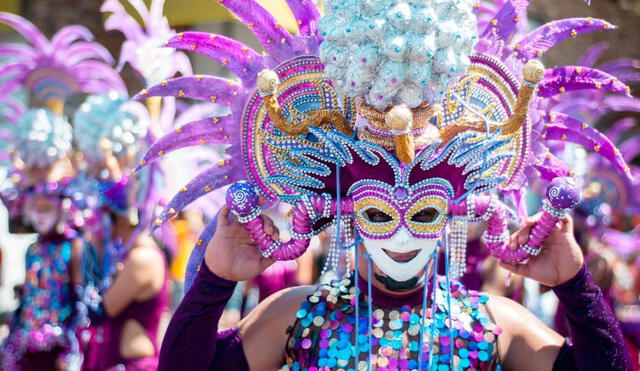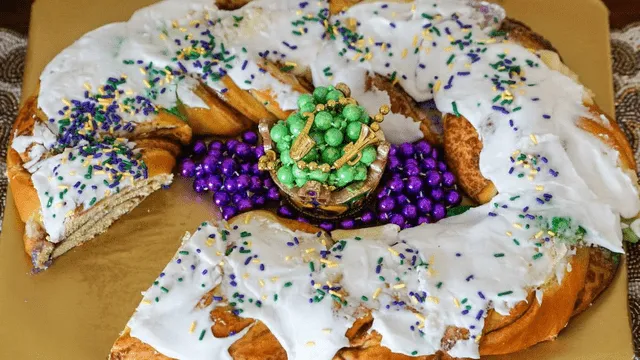When is Mardi Gras 2025? Dates, history, traditions, and foods to celebrate Fat Tuesday
Discover when Mardi Gras 2025 falls, its origins, and how to celebrate with traditional foods like King Cake, beignets, jambalaya, and paczki. Learn the meaning behind Fat Tuesday and its global festivities.

Mardi Gras, a vibrant and festive celebration, is known for its parades, costumes, and delicious food. This annual event, often associated with New Orleans, marks the final day of the Carnival season before the start of Lent. People across the world take part in various Mardi Gras celebrations, making it a significant occasion in many cultures.
For those wondering, 'When is Mardi Gras 2025?' it falls on Tuesday, February 25, 2025. The date is based on the liturgical calendar, and the event always takes place on the day before Ash Wednesday.
Mardi Gras 2025: When and Why it happens in March?
The date of Mardi Gras changes each year, but it is always celebrated on Fat Tuesday, which is the day before Ash Wednesday. In 2025, the date falls on March 4, marking the culmination of weeks of revelry. This day is celebrated with parades, masquerades, and traditional foods such as king cake and gumbo.
What is 'Fat Tuesday'? What does it mean?
Fat Tuesday, also known as Shrove Tuesday, is a day of feasting before the period of fasting for Lent begins. The idea is to indulge in food and celebration to prepare for the spiritual discipline and growth that comes with Lent.
The term "Fat Tuesday" comes from its original name, Shrove Tuesday, with "shrove" referring to the act of seeking absolution and forgiveness. Shrove Tuesday serves as an invitation to:
- Get ready for the 40 days of spiritual renewal during Lent
- Reflect on one’s life and actions
- Seek peace and forgiveness
What are the traditional foods eaten on Fat Tuesday?
The easiest way to join the celebration is with food! And 'Fat Tuesday' is all about indulging in rich and fatty foods before the fasting period of Lent begins. Here are some traditional foods enjoyed on this day:
- King Cake: A colorful cake, often decorated with purple, green, and gold icing, symbolizing justice, faith, and power. It’s traditionally filled with cinnamon, and sometimes a small plastic baby figurine is hidden inside. The person who finds the baby is expected to host the next party or provide the next king cake.

Manny Randazzo’s King Cake. Photo: New Orleans
- Pancakes: Pancakes are a classic Fat Tuesday food, as they are made with eggs, butter, and milk—ingredients that are typically avoided during Lent. In some cultures, people serve pancakes as part of a larger feast before the Lenten fast begins.
- Beignets: These deep-fried pastries, popular in New Orleans, are dusted with powdered sugar and are a beloved treat during Mardi Gras festivities. Beignets are a quick way to use up rich ingredients before the start of Lent.

Mardi Gras beignets. Photo: Louisiana Cookin'
- Crawfish: In regions like Louisiana, crawfish boils are a traditional Fat Tuesday meal. This seafood dish is often enjoyed with corn, potatoes, and seasoning, adding a savory twist to the day's festivities.
- Jambalaya: A flavorful and hearty dish from Louisiana, jambalaya is a rice-based meal typically made with a combination of meat (such as sausage, chicken, or shrimp), vegetables, and spices. It's a perfect dish for feasting before the fasting season begins.

Mardi Gras Jambalaya. Photo: Mr. Food
- Paczki: These Polish doughnuts are traditionally filled with fruit jam or cream and are a favorite treat on Fat Tuesday, especially in regions with a large Polish community. They're rich, sweet, and deep-fried, making them an ideal indulgence before Lent.













